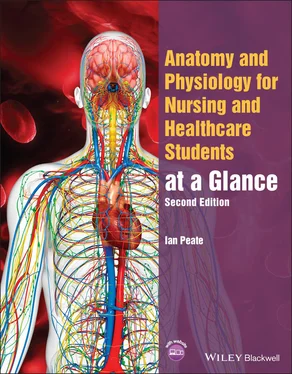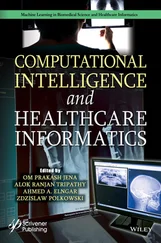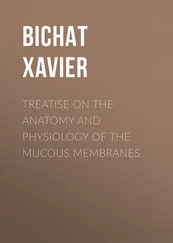Fluid balance charts (records) are a critical component of patient care and the duty for keeping fluid balance charts lies with nurses. All nurses are required to perform a thorough hydration assessment so as to plan and deliver individualised patient care. During handover and between shifts, a report on the patient’s fluid intake and output (fluid balance information) should be discussed in order to identify and prevent deterioration.
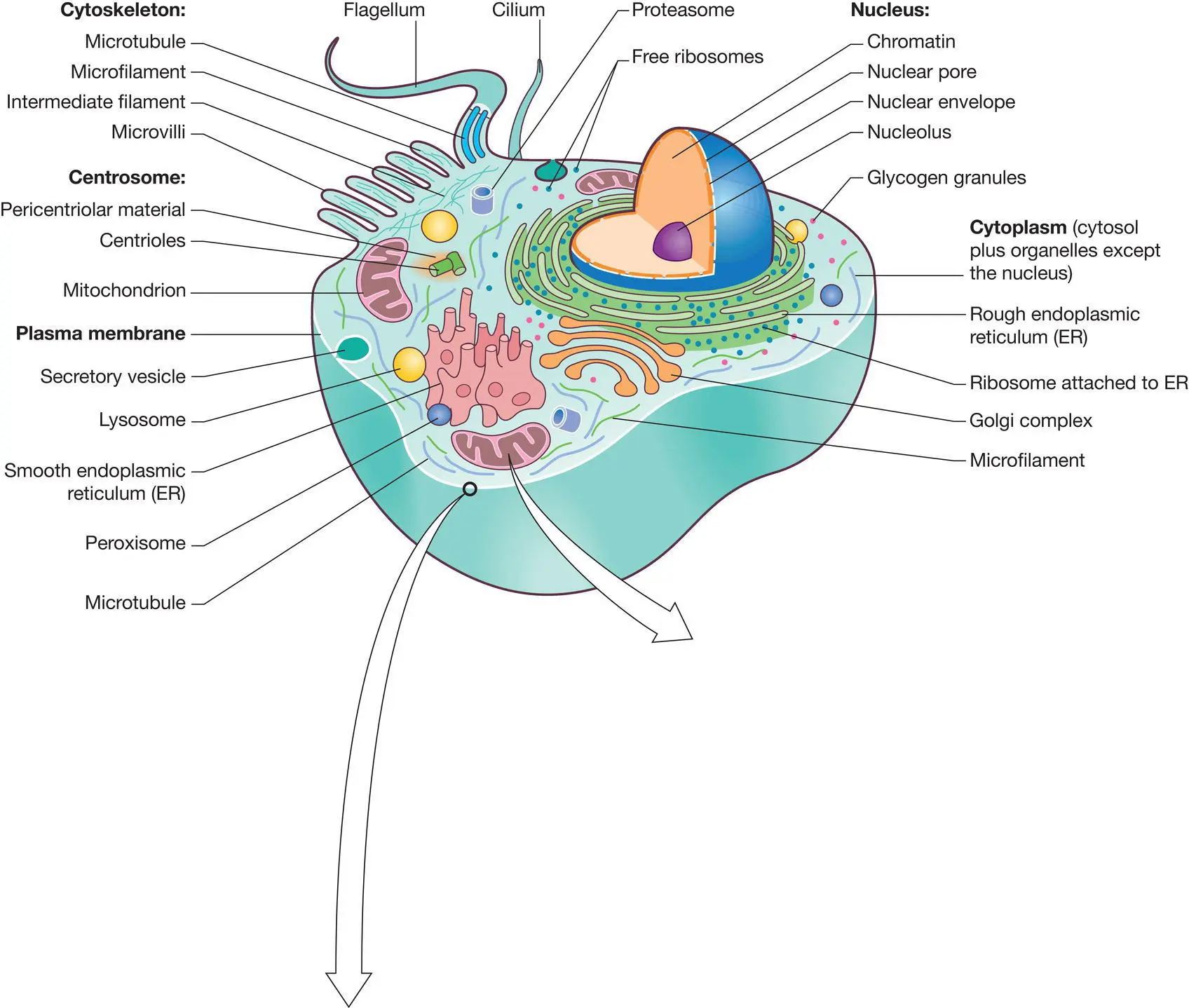
Figure 5.1 Structures located within body cells.
Source: Peate I, Wild K & Nair M (eds). Nursing Practice: Knowledge and Care (2014).
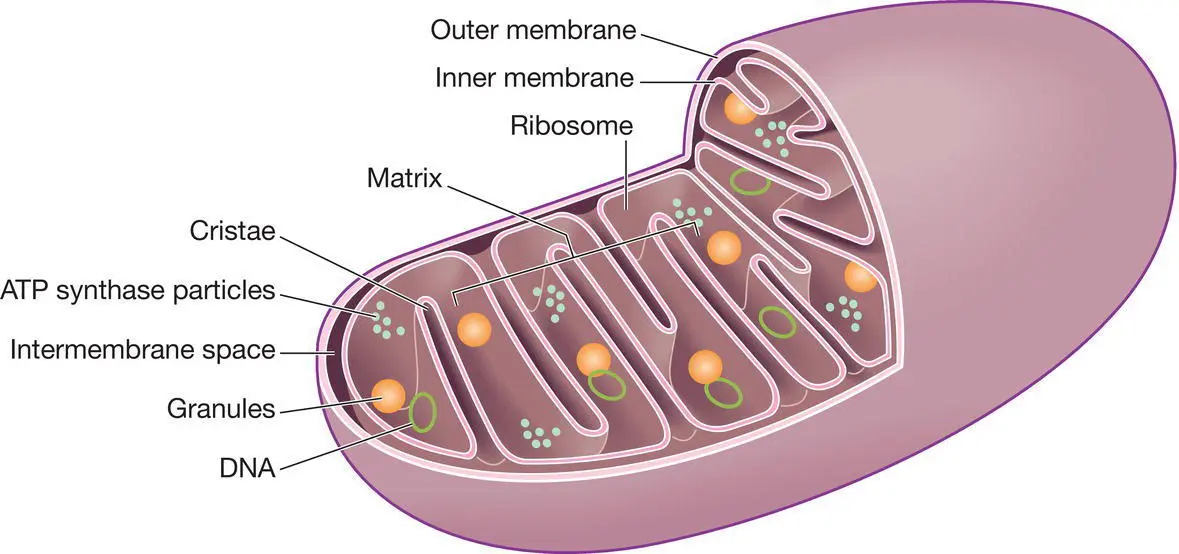
Figure 5.2 Mitochondrion.
Source: Peate I, Wild K & Nair M (eds) Nursing Practice: Knowledge and Care (2014).
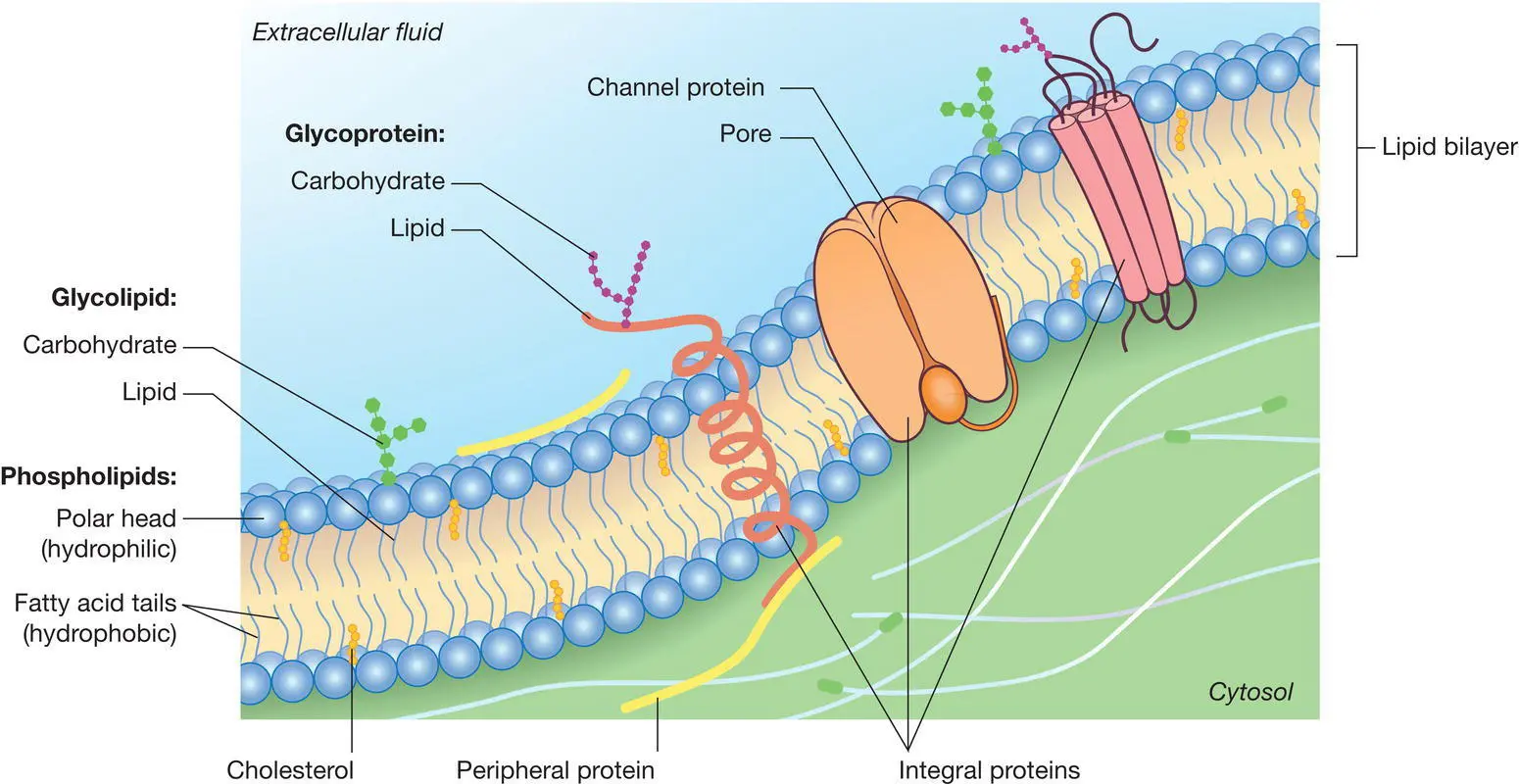
Figure 5.3 The fluid mosaic arrangement.
Source: Peate I, Wild K & Nair M (eds) Nursing Practice: Knowledge and Care (2014).
Table 5.1 Common elements in the body.
| Element |
Role |
| Oxygen (O 2) |
Component of water (H 2O) and most organic molecules, used to produce adenosine triphosphate (ATP), an energy provider within the cell |
| Carbon dioxide (CO 2) |
Vital component of all organic molecules, such as carbohydrates, lipids, proteins and nucleic acids (deoxyribonucleic acid [DNA] and ribonucleic acid [RNA]) |
| Hydrogen (H) |
Element of water and most organic molecules |
| Nitrogen (N) |
Principal element of all proteins and nucleic acids |
| Calcium (Ca) |
Required for effective mineralisation of bones and teeth; the ionised form (Ca 2+) is needed for blood clotting and muscle contraction |
| Phosphorus (P) |
Component of nucleic acids and ATP. Found in healthy bones and teeth |
| Potassium (K) |
In its ionised form (K +) is the most abundant cation in intracellular fluid; required for the generation of electrical activity in the nerve axon (action potentials) |
| Sulfur (S) |
Present in a number of proteins and some vitamins |
| Chloride (Cl) |
The ionised form (Cl ‐) is the most abundant anion in extracellular fluid: crucial for maintaining water balance |
| Magnesium (Mg) |
Necessary for action of many enzymes |
| Iron (Fe) |
Essential component of haemoglobin (Hb), the oxygen‐carrying protein in red blood cells |
Cells are the basic living, structural and functional units of the body. It is generally agreed that the cell is the smallest independent, living structure, varying in size from 7.5 micrometres (for example, a red blood cell) to 150 micrometres (such as an ovum). Cells undertake a number of functions that help each system participate in homeostasis (see Chapter 3). All cells share key structures and functions that provide support for their intense activity.
Humans are multicellular beings. Each cell can take in nutrients, convert those nutrients into energy, undertake specialised functions and reproduce as required. Cells arise from existing cells, as one cell divides into two identical cells. The different types of cells carry out unique roles that support homeostasis and provide assistance for the many functional capabilities of the human organism.
Cell structure and function are closely related. Cells carry out an assortment of chemical reactions, creating and maintaining life processes. The types of chemical reactions within specialised cellular structures are co‐ordinated to maintain life in a cell, tissue, organ, system and organism.
While a cell is the smallest living structure within the body, each cell is made up of smaller components, called atoms. Atoms of the same type form elements. See Table 5.1for the most common elements found in the body
There are more than 100 trillion cells in the average adult human body. Cells are the basic, living, structural and functional units of the body. The study of cells is known as cytology. Figure 5.1offers an overview of the structures usually found in body cells. The cell can be divided into three main parts: cell membrane (plasma membrane), cytoplasm and nucleus.
The cell (or plasma) membrane forms the external boundary of the cell; it is flexible yet strong and contains the cytoplasm of the cell. This gives it its shape; the membrane protects the cell’s contents, keeping the contents within the cell. The cell’s internal environment can thereby be held stable and distinct from the external environment. The cell membrane is selectively permeable, regulating the movement of molecules into and out of the cell.
The membrane is made up of two layers of fat molecules, containing phosphate, called phospholipids, which form a fluid framework for the cell membrane. Embedded in the phospholipid bilayer are protein and sugar molecules distributed in a mosaic pattern, described as the fluid mosaic model ( Figure 5.3).
This is made up of all the cellular content between the plasma membrane and the nucleus, with two components: the cytosol and organelles, the tiny structures that perform distinct functions in the cell. Organelles are specialised structures located within the cell; they have characteristic shapes and perform specific functions in cellular growth, maintenance and reproduction. The numbers and types of organelles vary between cell types and although they have different functions, organelles can help to maintain cellular homeostasis. Key organelles include the endoplasmic reticulum, ribosomes, mitochondria, Golgi apparatus, lysosomes, peroxisomes, centrosomes, cilia and flagella (see Figures 5.1and 5.2). Cytoplasm is enclosed within the cell membrane; it is the substance that fills the cell and is the living material of the cell composed primarily of cytosol, as well as sugars, proteins, ions, molecules and enzymes that are used in cellular activity. All the cell’s organelles are suspended in the cytosol and are held together by a fatty membrane.
It is the nucleus that contains genes (these are located on chromosomes) which control every organelle in the cytoplasm; genes within the nucleus also control cell reproduction. The function of the nucleus is to maintain the integrity of the genes and control the activities of the cell; it does this by regulating gene expression. The nucleus is therefore the control centre of the cell. The nucleus is surrounded by a membrane, enclosing a particular type of cytoplasm called nucleoplasm. The majority of cells contain a single nucleus but there are some cells that have none, for example, mature red blood cells. Skeletal muscle cells have multiple nuclei.
The nuclear pores control the transportation of substances between the nucleus and the cytoplasm. Smaller molecules and ions move through the pores passively by diffusion. The majority of larger molecules, for example RNAs and proteins, are unable to use the passive mechanism and have to be actively transported. The molecules are recognised and selectively transported through the nuclear pore into or out of the nucleus. Nucleoli are responsible for the synthesis of large amounts of protein, for example muscle and liver cells.
Читать дальше
